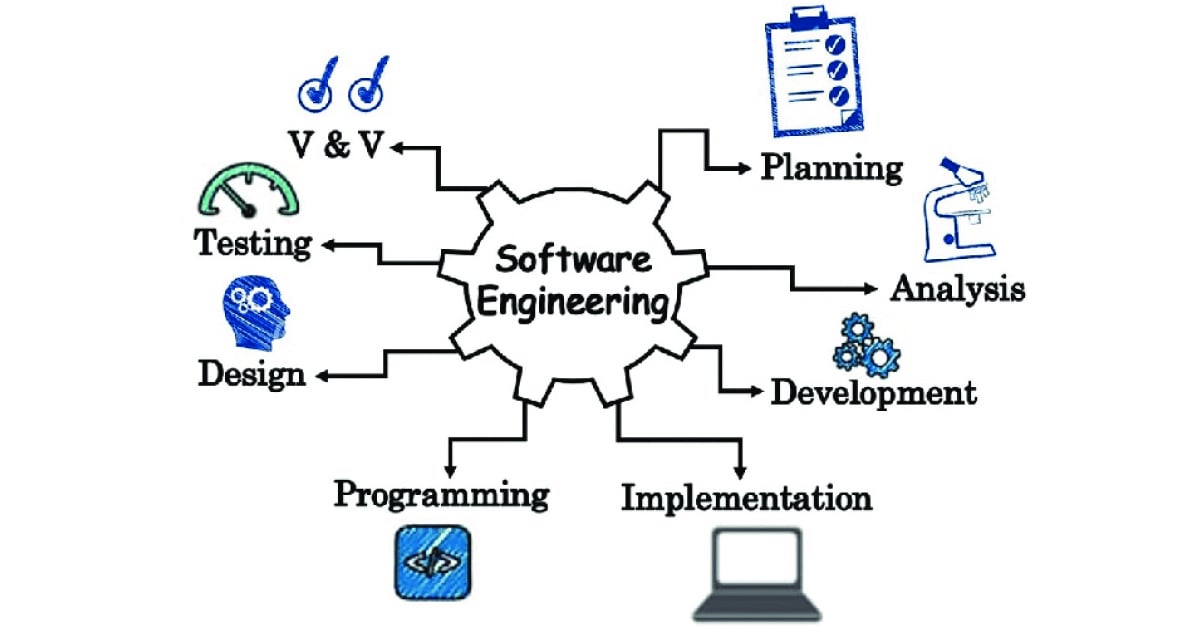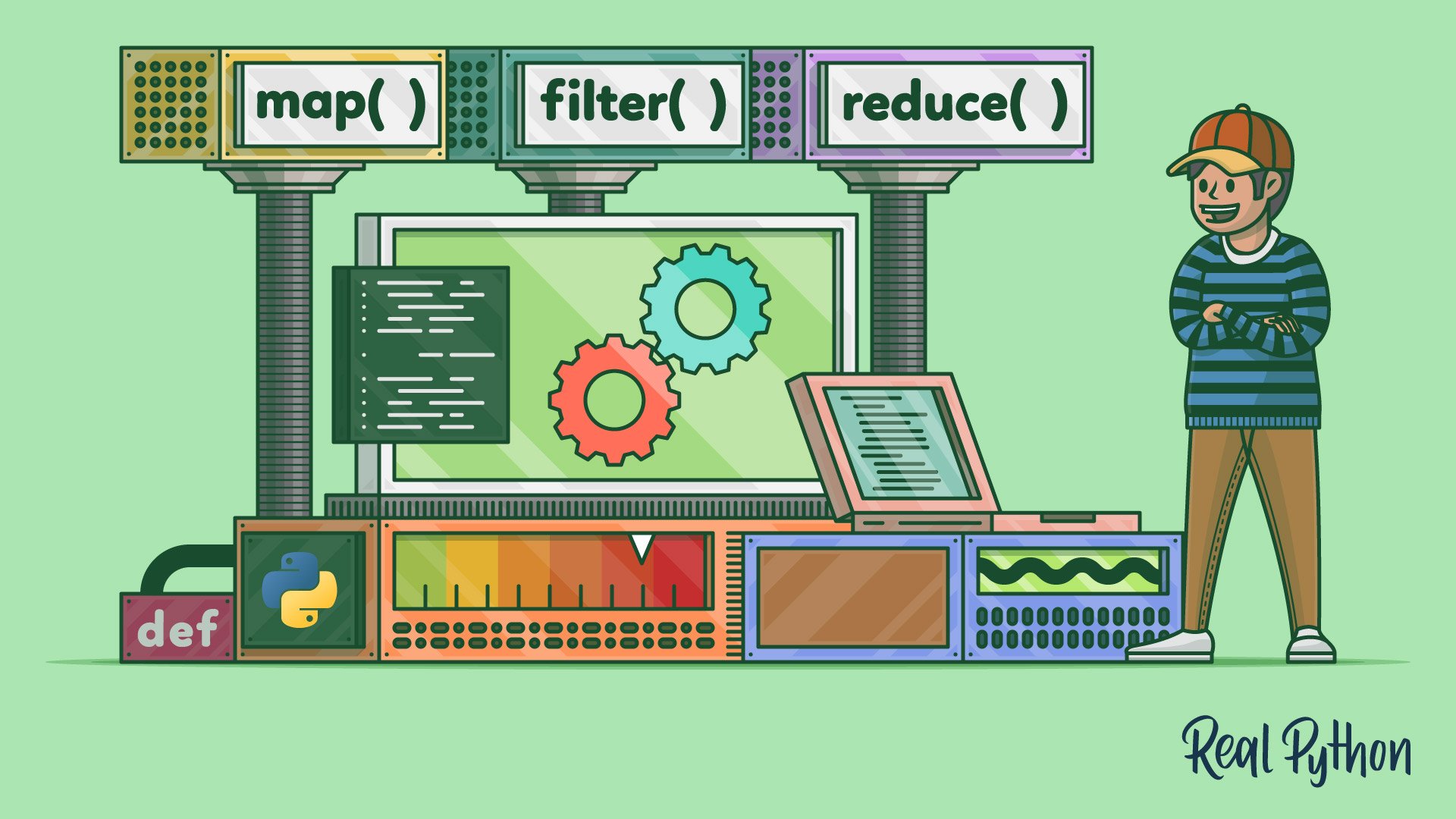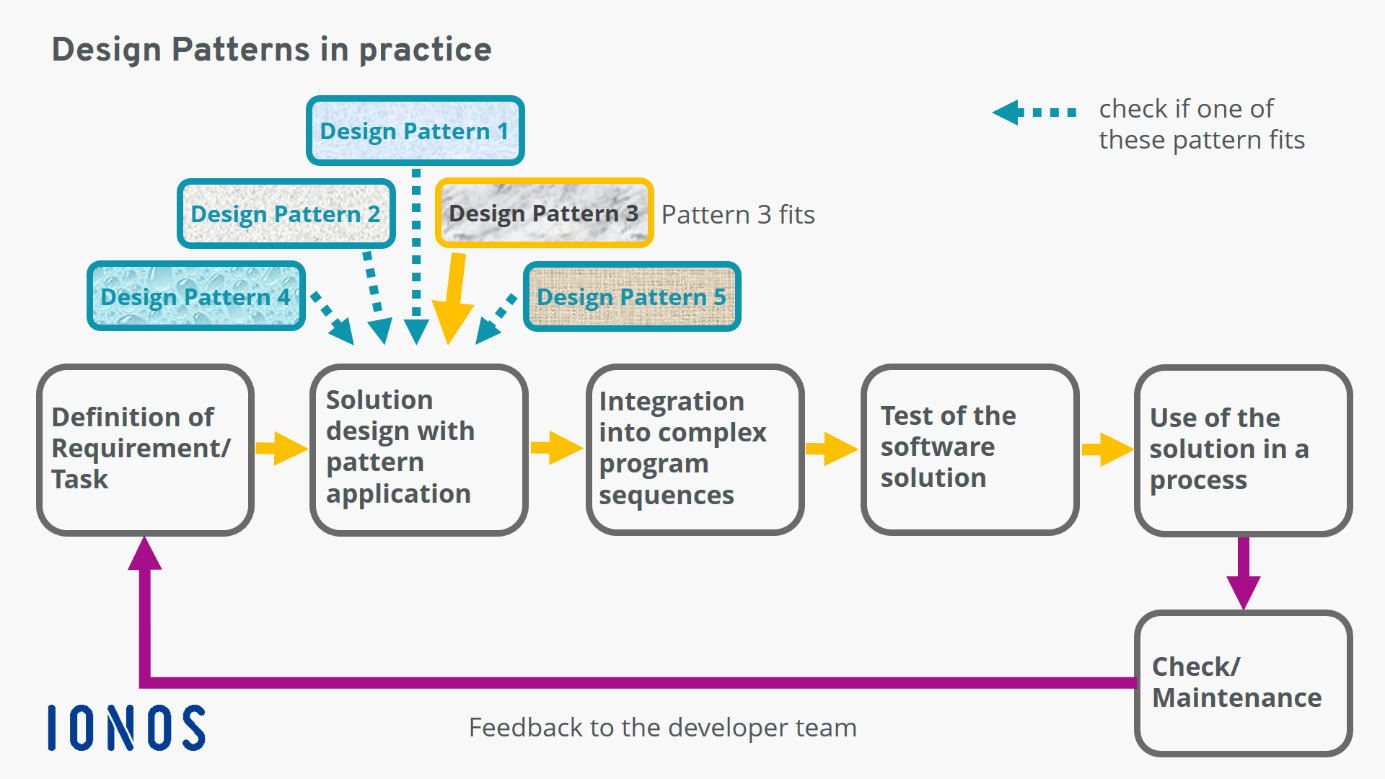Exploring Fundamental Software Engineering Concepts
09 May 2024In the realm of software engineering, mastery of fundamental concepts transcends the confines of a specific technology stacks or an application domain. Throughout this course, we delved into important principles and concepts that are required in professional software development, expanding our understanding beyond just web development. Among these concepts, Configuration Management, Functional Programming,and Design Patterns were the most impactful for me as a programmer.

Configuration Management:
Configuration Management is the cornerstone of creating maintainable and organized software in software development by ensuring that any changes to code are confined such that they do not overlap with changes others may have made. A second layer of security being that each change is systematically reviewed and tested in a copy of the main program, typically through github, ensuring integrity of the program in case of unexpected behavior. Learning about the practice of configuration management teaches you more than just how to effectively make changes to software, requiring constant communication between you and others to make sure no ones contributions negatively impact others. For example, documenting each change you make and commenting what your code does so others may understand it and modify it to their purposes if needed.

Functional Programming:
Functional Programming offers a paradigm shift in how we approach software design, facilitating higher abstraction and functionality of programs by allowing functions to be passed and returned as parameters of another function. Data is also immutable, encouraging programmer to create new modified data structures to show transformation of data, resulting in more simple behavior of data that improves readability of a programs behavior. Overall, functional programming offers a fresh perspective on software design, promoting higher levels of abstraction, modularity, and simplicity. By embracing functional programming principles, developers can write code that is more expressive, reusable, and resilient to change, ultimately leading to more robust and scalable software systems.

Design Patterns:
Design patterns indeed offer reusable solutions to common software design problems, serving as building blocks for creating modular, scalable, and maintainable software systems. However, their significance extends beyond the realm of software engineering, playing a pivotal role in various engineering disciplines to create reliable and functional solutions across diverse domains.
In software engineering, design patterns are indispensable for crafting the infrastructure and codebase of applications to ensure efficiency, modularity, and abstraction. By encapsulating recurring design structures and interactions into reusable templates, design patterns enable developers to address common challenges systematically, rather than reinventing solutions from scratch for each new problem.
An example of this being the model view controller (MVC) architecture which decouple changes to the database from the user while still allowing for user input to request for data.
